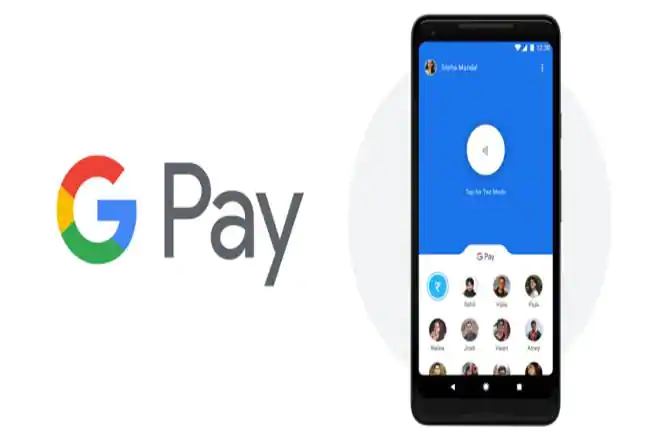The acquisition of offline merchants for Unified Payments Interface (UPI) payments has now become the central focus of large online payment service providers (PSPs) in India, with the likes of Google Pay, Paytm and PhonePe aggressively expanding their network.
On Monday, The Economic Times reported that PhonePe is in talks to raise $1 billion. If successful, this fundraising drive could help expand the payment player’s offline merchant network, which is a fairly expensive proposition.
Both Google Pay and Paytm have forayed into deploying payment acceptance solutions for offline merchants.
In response to email queries, a spokesperson for PhonePe refused to comment on the funding numbers while stating that it has over four million merchants on its platform.
“The total transactions on our platform were around 290 million in April 2019,” PhonePe said. Comparable numbers for Google Pay and Paytm could not be immediately ascertained.
In terms of UPI market share in the person-to-merchant (P2M) segment, Google Pay accounted for a chunky 52% of transaction volumes, according to an analysis of transactions seen by payment gateway provider Razorpay. PhonePe took the second position with 28% while the Bharat Interface for Money (BHIM) app contributed 9%.
In September 2018, Paytm said that of its nine million-strong merchant base, over five million offline merchants were accepting UPI payments. “This large-scale acceptance at merchant offline stores is now contributing over 40% of all UPI-based transactions on our platform,” the payment firm had said in its blog. Kiran Vasireddy, chief operating officer, Paytm, had told FE that the firm would continue to invest in growing its merchant network. “Till the time we get 15-20 million merchants on our platform, we’ll continue to invest in expanding this network,” he had said.
In February 2018, Google Pay had announced that it would be working with State Bank of India (SBI), the country’s largest bank, to gain a foothold among small offline merchants. At that time, Google Pay had 5.25 lakh merchants on board, most of whom were small kirana stores and medium-sized businesses. Ever since, there have been no fresh updates from the company on the number of merchants acquired.
Also read: Along with chatting, calling and video sharing, you may now invest in MFs through WhatsApp!
As for PhonePe, it had initially struggled to ramp up its offline merchant coverage despite having developed a calculator-like simplified point-of-sale (POS) device. In June 2018, Rahul Chari, co-founder and CTO, PhonePe, had told FE that the company took some time to start building its offline network as it was waiting for its manufacturing pipeline to kick in.
Till late 2017, the acquisition of small merchants for UPI payments was less remunerative for banks and payment providers than card-based payments. In December that year, the Reserve Bank of India (RBI) mandated a drop in merchant discount rate (MDR), or the fee paid by merchants to banks, for merchants with a turnover of up to Rs 20 lakh. For QR-based transactions, the MDR was set at 0.3-0.8%, lower than 0.4-0.9% for other transactions. This is understood to have incentivised the acquisition of small merchants for UPI.


